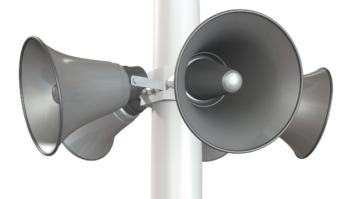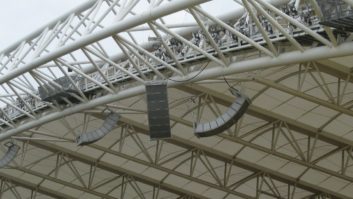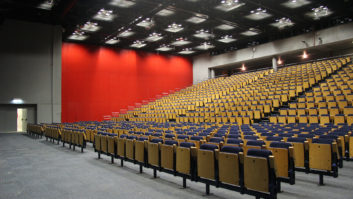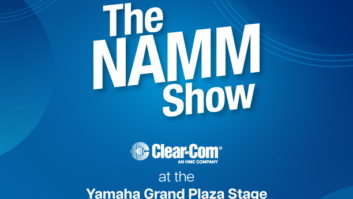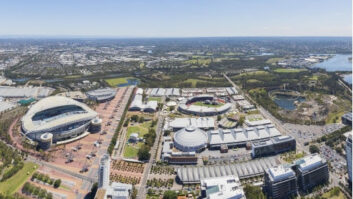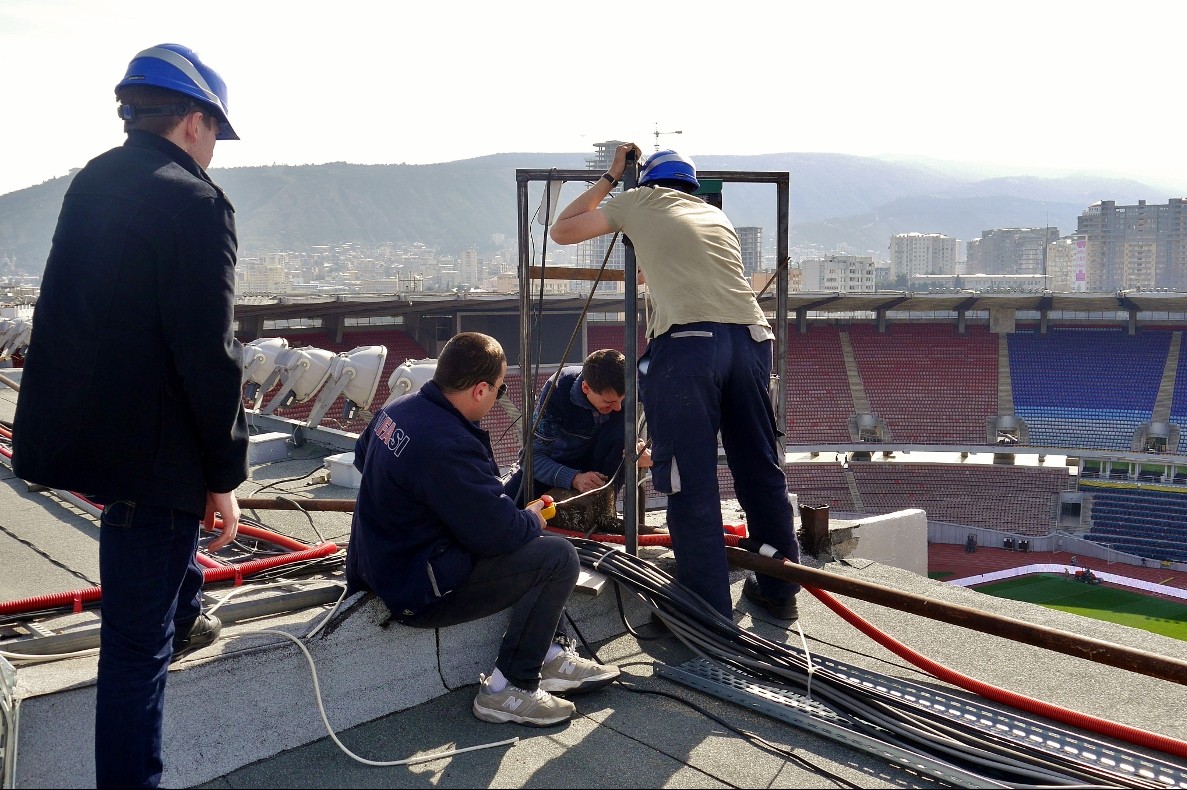
In the first part of our look at the EN54 standard, the aggregated advice and opinions of those it affects suggested a more holistic approach is required, one that includes more consideration for non-emergency needs. The advice presented here to David Davies recommends more flexibility with regard to custom-made equipment and more emphasis on venue type.
We need to ensure a certain ‘defined flexibility’ in the standards
Based in Germany, ic audio has a long-term specialism in 100V audio products and sports a product line featuring a wide range of EN54-24 speakers. “Despite the irritations [felt in every part] of the market shortly after the release of the new standard, EN54-16/24 is, from our point of view, a success story which has increased the quality and safety of the products dramatically,” says Sascha Riedling, business analyst and controller, ic audio. The result is that “people in the buildings can really rely on a proven and certified quality, which is monitored regularly and is helping to save lives”.
Nonetheless, Riedling observes that “one of the challenges at the moment [relates to] tailor-made solutions for certain projects. Before EN54 it was easily possible to provide a perfectly suitable solution for special requirements (acoustics, mountings, product design, etc). Now every custom-made speaker has to be certified, which takes time and money. So this is really a difficult situation for everybody involved in the project. In an ideal world there would be a certain defined flexibility in the standard, so that tailor-made products [could] be implemented more efficiently.”
Put greater emphasis on venue type
“For instance,” remarks QSC install DSP product manager TJ Adams, “you can be fairly prescriptive of the system type and its function in a high-rise residential building that does not need everyday background music, paging and other audio PA functions. On the other hand, a stadium or airport has unique requirements that in many cases require local authorities to have greater design approval latitude to meet the intent of the standard but possibly by incorporating equipment that cannot be certified, at least as it is written today.”
Listen to everybody involved with implementing the standards
At the risk of making an obvious point… ultimately, developing enduring standards is “all about sharing experiences”, says Riedling. “If you know the challenges of everybody involved in the market, you will get a pretty detailed picture for further adjustments of the standard.”
For his part, Adams suggests that “perhaps what is needed is an industry forum similar to what NFPA has adopted in the States that brings together manufacturers, systems integrators and end users to review and make recommendations to each revision of the standard as it evolves.”
Looking further ahead, several contributors suggest that there will soon need to be a standard covering networked-based solutions. “This might specify a certain level of switch reliability, quality and supervision features, for instance,” suggests Adams.
For now, it will be good news enough for many manufacturers and integrators that Parts 16 and 24 are undergoing revision. If successful, these changes should pave the way for EN54 to be implemented more consistently and with greater certainty on the part of designers and integrators – and that can only be good news for overall building safety and the preservation of life.
